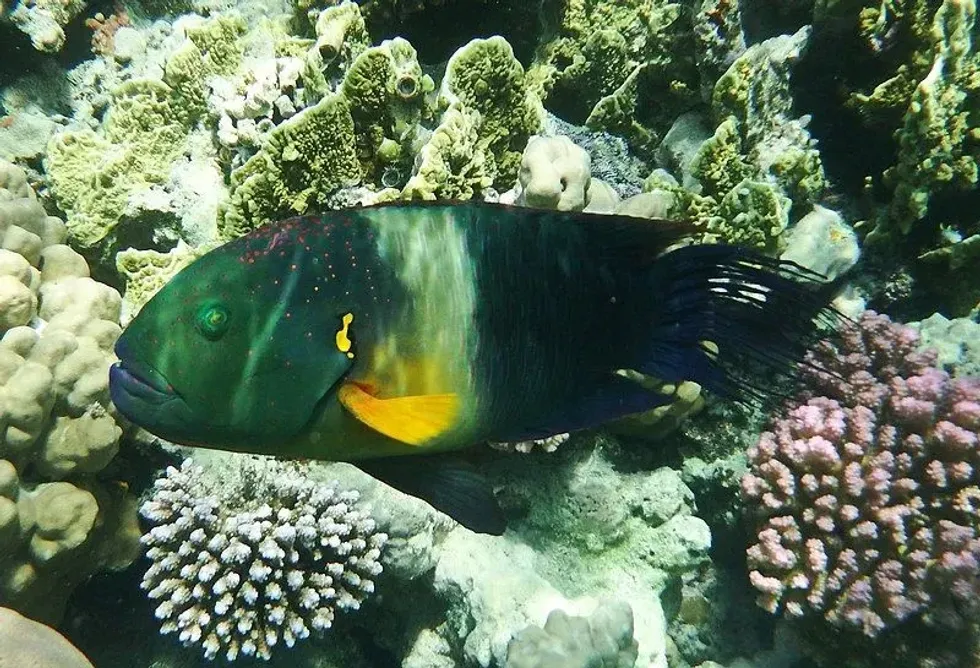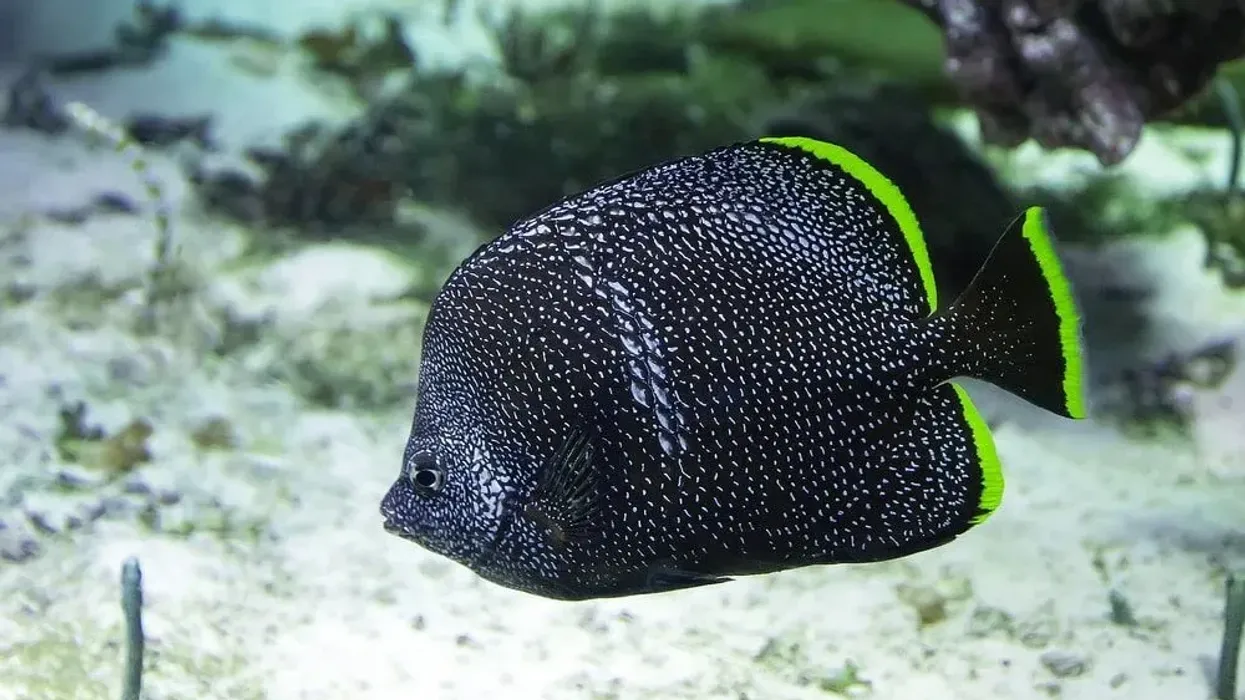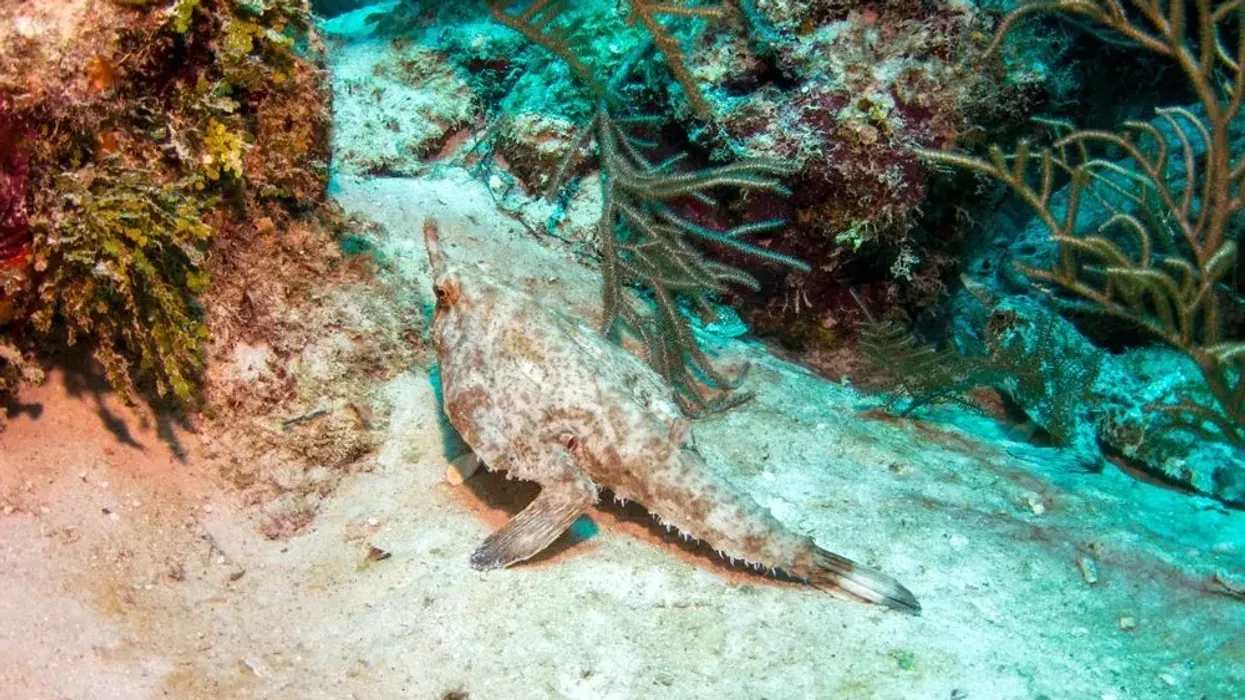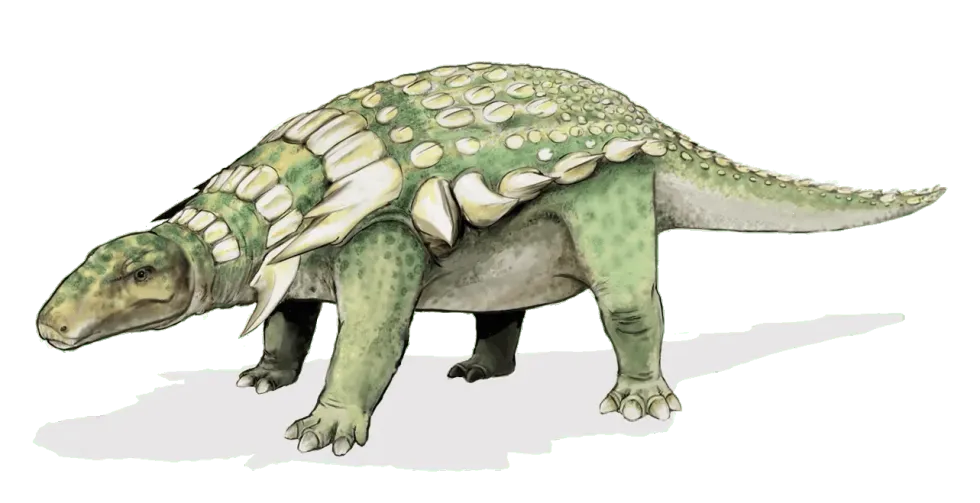If you ever see a multicolor fish in the Indo-Pacific waters, it just might be the broomtail wrasse (Cheilinus lunulatus)! This fish is popularly seen in the Red Sea.
Researchers are still looking into the life of this fish so a lot of information about this fish remains unknown, like their weight. They can be easily recognized by their distinct coloration.
Rather than being just uni-colored, this species is an amalgamation of shades like green, red, yellow, and blue.
This helps it camouflage in the waters and reefs it lives in and helps it hunt better because prey can never see it coming. The colors and body patterns of these wrasse fish change considerably as they grow from a juvenile into adulthood.
During the day, wrasses are continually on the move, yet they are the first to retire to rest and the last to wake. Smaller wrasses slumber beneath the sand, whereas larger wrasses hide in cracks.
Do you want to know more about this wonderful and strange creature? Then all you have to do is scroll on ahead! Want to learn all about other unique animals and birds, and of course, fish? Then you can start your deep dive by looking at wrasse and arboreal salamander facts.
Broomtail Wrasse Interesting Facts
What type of animal is a broomtail wrasse?
The broomtail wrasse (Cheilinus lunulatus) is a type of fish.
What class of animal does a broomtail wrasse belong to?
The broomtail wrasse (Cheilinus lunulatus) belongs to the class of fish.
How many broomtail wrasses are there in the world?
This Red Sea fish is somewhat uncommon, having a population density of one to three specimens per acre/hectare.
Where does a broomtail wrasse live?
Broomtail wrasse (Cheilinus lunulatus) fish live in the ocean. The broomtail wrasse is a reef-associated wrasse species. Humphead wrasses have a wide range of habitats across the Indo-Pacific. The Red Sea is where broomtail wrasse are primarily located.
What is a broomtail wrasse's habitat?
Adults live on coral reefs and their surrounding debris, sand, and seaweed environments that is often found on the margins of coral-rich bordering reef slopes in coral growth. It is a fish species found in the Red Sea and adjacent zones like the Indian Ocean, from the Gulf of Aden to Somalia's shores to the Gulf of Oman.
This fish also can be found living around the Seychelles to the south.
Who do broomtail wrasse live with?
These tank fish can be found alone or in small communities of four to eight individuals led by a male.
How long does a broomtail wrasse live?
The lifespan of this aquarium reef fish, broomtail wrasse (Cheilinus lunulatus), is approximately 20 years. The distribution range of this Cheilinus lunulatus fish is the Red Sea and the Indian Ocean. The Denison barb, another aquarium fish, has an average lifespan of about five years.
How do they reproduce?
Individuals live in small communities of this species, and adult males are aggressive. The broomtail wrasse is an oviparous fish that breeds in pairs. Broadcast reproduction is the method by which these fish mate.
While the female releases eggs into the water in their unfertilized state, the male also discharges sperm into the water. The released sperm searches for the eggs and fertilizes them, developing into wrasse fishes. Broadcast spawning is frequent among bony fish and many other aquatic creatures.
What is their conservation status?
The conservation status of broomtail wrasse (Cheilinus lunulatus) is Least Concern declared by IUCN Red List.
Broomtail Wrasse Fun Facts
What do broomtail wrasse look like?
The broomtail wrasse (Cheilinus lunulatus) reaches a maximum length of 20 in (50.8 cm) in males and an average length of 14 in (35.5 cm). Adults have a big, bright green skull with tiny markings. The lips are big and blue in color.
The abdominal, caudal, and anal fins are yellow, whereas the pectoral fins appear dark blue. The middle of the body is yellow-green, while the rest is dark purple.
You can find a distinctive bright yellow pattern on black background close to the operculum. It has a wide fringed caudal fin that looks like a broom, giving it its common name. On the flanks of juveniles and females, there are huge dark stripes.
How cute are they?
The gorgeous Red Sea broomtail wrasse is only caught sporadically and in limited amounts. They have dark blue-green and yellowish pectoral fins and orangish markings on the face which make this fish very pretty and a great addition to your aquarium.
How do they communicate?
These reef-safe fish interact by moving their heads from side to side as well as tilting their heads. Wrasse fish, however, also engage in cooperative behavior identified as ecological interaction.
How big is a broomtail wrasse?
The length of a Red Sea wrasse (Cheilinus lunulatus) is about 14 in (35.5 cm). In contrast, the length of a rockmover wrasse is between 11–12 in (27.9-30.4 cm). Therefore, this endemic species to the Red Sea and the Indian Ocean is larger than the rockmover species.
How fast can a broomtail wrasse swim?
Although the speed of this wrasse (Cheilinus lunulatus) is unclear, they are reported to float in seas at a depth of 6.6-98.4 ft (2-30 m).
How much does a broomtail wrasse weigh?
The weight of these reef fish that are endemic to the Red Sea is unknown.
What are the male and female names of the species?
There is no special name for the male and female species of broomtail wrasse that feed on invertebrates in their diet.
What would you call a baby broomtail wrasse?
Baby reef-safe Cheilinus lunulatus that have a broom-like tail fin have no particular name, other than fry. Fry is the name given to all baby fish.
What do they eat?
Grazer fish that float just above the top of coral or probe into crevices hunting for invertebrates such as small crustaceans, phytoplankton, and worms, are the most common reef fish seen during the day.
The Red Sea wrasse, a tank fish that can grow to be quite large and can eat smaller tank mates, should be fed frozen silversides, krill, and shrimp in the diet.
Are they dangerous?
These reef fishes (Cheilinus lunulatus) that live at a depth of 6.6-98.4 ft (2-30 m) are not dangerous.
Would they make a good pet?
In an aquarium, wrasse fish can make adorable pets. They are little, shy, and colorful that make for an interesting sight in any well-equipped tank.
The broomtail wrasse should be kept in an aggressive aquarium with only larger fish. When fully developed, this species will require a huge tank.
It isn't easy to estimate how big the tank should be. However, this species is so large that it cannot generally be housed in a home aquarium. Also, bear in mind that this fish needs a well-balanced diet.
You could consider other types of fish to look after. The care of a giant gourami pet fish is rather straightforward, so even a child can look after the fish.
Did you know...
The Greek word 'cheilos' means 'lip', referring to the large jaws is the etymology of the genus, Cheilinus.
Honey gouramis are capable of detecting food from a long distance. This is because they have taste buds on their highly developed fins. This is a result of dwelling in murky stream water.
How many eggs do broomtail wrasse lay?
Red Sea wrasse in the family Labridae generally lay around 1,000 eggs. This tank fish is an oviparous species that reproduces in pairs and consumes small invertebrates in their diet. The method this aquarium fish mates by is called broadcast reproduction.
Does the broomtail wrasse have teeth?
These wrasses (Cheilinus lunulatus) graze the bottom, consuming invertebrates like snails, crabs, shrimp, worms, and eggs in their diet with their little projecting teeth. Their pharyngeal teeth grind down anything hard coats or tough shells, allowing the animal inside the shell to be digested.
Here at Kidadl, we have carefully created lots of interesting family-friendly animal facts for everyone to discover! For more relatable content, check out these shark facts and clownfish interesting facts for kids.
You can even occupy yourself at home by coloring in one of our free printable Wrasse coloring pages.










